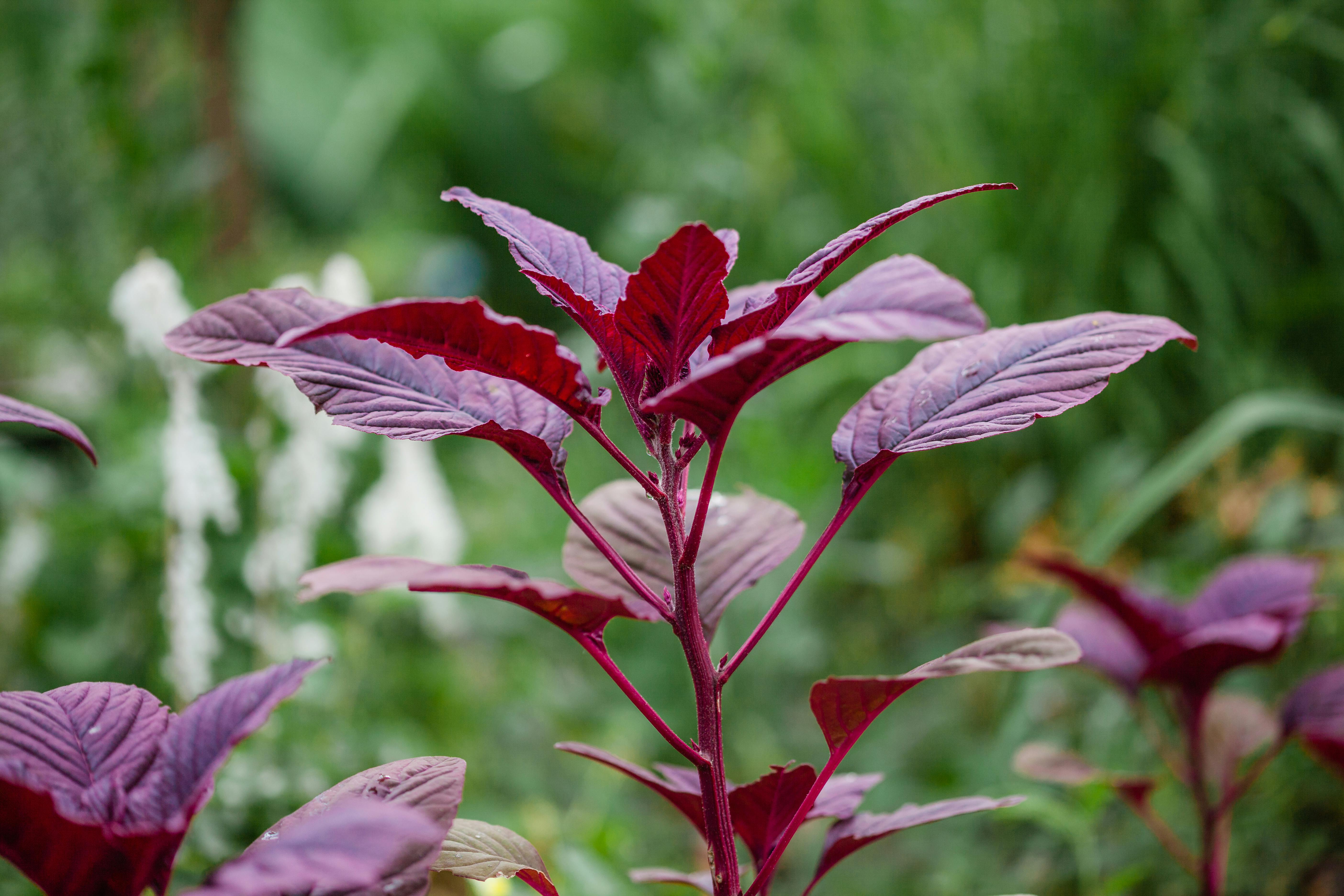
Introduction.
Are you ready to turn your garden or farm into a vibrant patch of profit and flavor? Bell pepper (Capsicum annuum), with its crisp texture and colorful appeal, is not only a kitchen favorite but also a rewarding crop for both small- and large-scale growers. Whether you’re a beginner or looking to boost your yields, this practical guide walks you step-by-step through the entire bell pepper production process from soil preparation to the final harvest, ensuring healthy plants and bountiful returns. Let’s dig in and grow success!
1. Choosing the Ideal Site for Bell Pepper Production.
Site Selection: For successful bell pepper cultivation, selecting the right location is key. Bell peppers grow best in well-drained, fertile soils rich in organic matter. The ideal soil pH ranges between 6.0 and 7.0 (slightly acidic to neutral). Avoid areas with poor drainage to prevent root rot.
Climate Conditions: Bell peppers thrive in warm climates with temperatures between 20°C and 30°C. Choose a spot that receives full sunlight and is protected from strong winds. These conditions support vigorous plant growth and fruit development.
2. Soil Preparation for Capsicum Cultivation
Tillage: Clear the field of weeds and debris. Plow or dig the soil to a depth of 20–30 cm to enhance aeration and root penetration. This step creates the ideal environment for pepper roots to spread and absorb nutrients effectively.
Base Fertilization: Mix in well-decomposed compost or manure to boost soil fertility and structure. Organic matter enriches the soil with nutrients, improves moisture retention, and promotes beneficial microbial activity.
3. Sowing Bell Pepper Seeds in a Nursery
Nursery Setup: Sow your seeds in seedbeds, trays, or pots, planting them at about 0.5 cm depth and lightly covering with potting soil. Keep the nursery warm and well-lit for faster germination.
Watering: Maintain consistent moisture using a watering can or spray bottle. Avoid overwatering to prevent damping-off disease. Germination typically takes 7 to 14 days.
4. Transplanting Bell Pepper Seedlings.
When to Transplant: Once the seedlings develop 5 to 7 true leaves, they’re ready to move to the main field (usually after 4–6 weeks). Water them well beforehand and select only the healthiest, most vigorous seedlings.
Spacing: Transplant seedlings 40 to 50 cm apart in rows spaced 60 cm apart. This spacing improves air circulation, helps prevent disease, and allows easy access for maintenance and harvesting.
5. Crop Maintenance and Pepper Plant Care
Watering: Keep the soil consistently moist, but avoid overwatering. Deep watering encourages strong root growth, while wetting the leaves can promote fungal infections so always water at the base of the plant.
Fertilization: Apply a balanced NPK fertilizer (e.g., 10-10-10) every 3–4 weeks. During fruiting, increase potassium levels for better fruit quality. Organic alternatives like compost tea or liquid seaweed also work well.
Weeding and Mulching: Weed regularly to prevent competition for nutrients. Apply mulch to retain soil moisture and suppress weeds.
6. Common Diseases & Remedies:
Downy Mildew: Look for yellow patches and fuzzy growth under leaves. Treat with organic fungicides like neem oil or copper-based sprays.
Bacterial Wilt: Avoid overwatering and improve soil drainage to reduce the risk.
Common Pests & Solutions:
Aphids: These pests weaken plants and transmit diseases. Use black soap spray or neem oil to control them.
Slugs and Snails: They feed on tender shoots. Use barriers, crushed eggshells, or organic baits for control.
Best Practices: Practice crop rotation, remove infected plants promptly, and keep the area clean to reduce the spread of pests and diseases.
7. Harvesting Bell Peppers
When to Harvest: Bell peppers are ready for harvest when they reach full size and begin to show mature colors (green, red, yellow, or orange, depending on the variety). Harvest time is usually 60–90 days after transplanting.
How to Harvest: Use a sharp knife or pruning shears to cut the fruit with a short piece of stem. Do not pull or twist, as this can damage the plant and reduce future yields.

Conclusion: Grow Bell Peppers Like a Pro
Bell pepper farming is a rewarding venture that offers high returns when done right. By following this detailed guide from selecting the right site and preparing the soil, to planting, caring, and harvesting, you’re equipped with the knowledge to succeed in bell pepper production. Whether you’re growing for personal use or commercial purposes, the time to start is now.
Get your hands dirty, grow your own, and enjoy the colorful rewards!



Great information